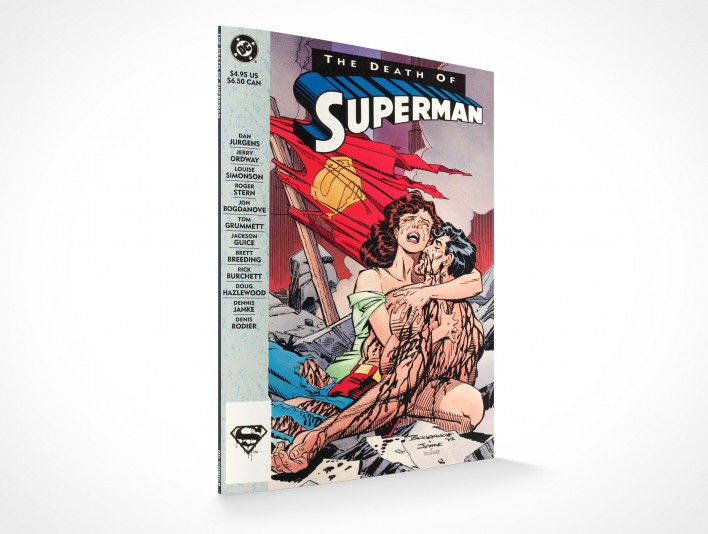


Every search I tried returned an empty JSON structure. With my issues of Marvel Presents at my side, I started exploring.Īnd got nothing. Although I intended to write scripts to do all the searching, I started off using the interactive tester to make sure I understood the API. Marvel has an interactive API tester with documentation that lets you try out calls to collect info on series, creators, series, and individual comics.

So my initial plan was to work through my collection and use the Marvel Developer Portal to gather all the publication information and credits for each issue through the Marvel API. I knew I had a handful (four, as it turned out) of non-Marvel titles, including a Jack Kirby Sandman, but my database wouldn’t need too much adjustment if I initially treated it as 100% Marvel. 2Īs for the nature of my collection, it’s basically all Marvel. This turned out to be a significant underestimate, probably because the books in the box are squeezed more tightly together by the weight of the overburden. So maybe 250–300 comic books in my collection. Measuring the height of that stack led me to guess that the density of the box was about 10–12 issues per inch of height. Back when one of the Guardians of the Galaxy movies came out, I had pulled several issues of Defenders and Marvel Presents 1 out of the box, and they were still stacked on a bookshelf. I’ll describe those scripts in a later post, but here I want to talk in more general terms about the overall process, the obstacles I encountered, and the dead-end paths I traveled down.įirst, let’s talk about the size and nature of my collection. Until this past week, when I took advantage of the usual holiday slowdown at work to sit my butt down at my computer and build-at the age of 58-a database of my teenaged purchases.Īs you might expect, my work consisted mostly of writing little scripts that collected, organized, and assembled the data. The answer, of course, was yes, that would be nice but turning that answer into a database required an effort I was never able to muster. Wouldn’t it be nice, I asked myself, to have not simply a list of titles and issue numbers-which I had written on sheets of paper or index cards-but a real comprehensive catalog of artists, writers, and storylines? It’s a question I’ve continued to ask myself off and on over the ensuing 30+ years. In the mid-80s, I bought a computer, and my thoughts turned to making a database of my comics. They all went into a single box that I have managed to maintain and keep with me for the past 40 years. In the late 70s, when I went away to college, I bought the then-obligatory stereo system with big speakers that came in boxes, 12″×14″×25″ high-the perfect size for storing my comics. What I really did was buy and read comic books, which I then stacked up on bookshelves or other flat surfaces. b.)Remove misspelt names and publishers I don't know if it's helpful, but thank you.Next post Previous post Building a comic book inventoryįor a couple of years in the mid-70s, I collected comic books. no image and image comics) 7a.)Maybe it's too costly, but have someone or ones check data entry (especially if someone edits someone's previous data).

#COMIC BOOK COLLECTOR DATABASE SERIES#
Suggestions to sort it: 1.) Allow people to alter the view on the desktop app (like: icon size changing or list view) 2.) Change "series" to "volume", with numeric Data entry (too often do I see inaccurate series data, also I see personal data filled in here too) 3.) Allow peoples comments to be seen on main page, under where it says series (have it pull from the personal tab, so if doesn't affect others) 4.) Change variant to fill with Letters automatically 5.) Have same name format (surname order). It's a bit time consuming to build a collection, even with this apps help. The more users it has, should also improve the experience since it's a collection of all users input. "The app works well and was very easy to use.


 0 kommentar(er)
0 kommentar(er)
